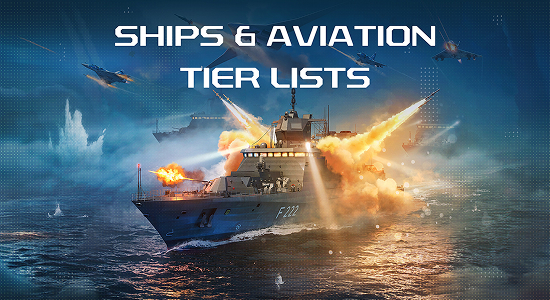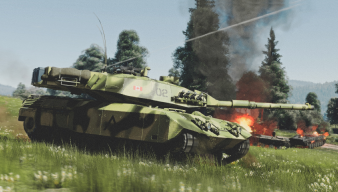
JS Ibuki (ASEV-1001) is coming soon
Coming soon to Modern Warships (MW) is the JS Ibuki (ASEV-1001), a new Japanese cruiser designed to meet the updated requirements for its class in modern naval combat.
JS Ibuki (ASEV-1001) is a Japanese cruiser developed as part of the Aegis System Equipped Vessels program to replace the land-based Aegis Ashore system. It is designed to counter modern threats, including hypersonic gliding vehicles, and features high durability, maneuverability, and advanced radar capabilities. The ship is equipped with vertical launchers capable of carrying a wide range of weapons, making it a versatile platform for countering both air and surface threats. Thanks to its integration into a cooperative interaction system, it can exchange data with other fleet units and air defense assets in real time. The JS Ibuki project will be one of two new-generation ships designed to strengthen Japan's defense capabilities.
Let's take a closer look at it!

Armament:
- Type 07 SUM missile battery [1x1]
- RIM-174E (SM-6 Block 1) missile battery [1x1]🔒
- Tomahawk Block VA missile battery [2x1]🔒
- Type 12 SSM (H) missile battery [2x1]🔒
- Mark-45 Mod 4B cannon (127 mm) [1x1]
- RAH-66 Comanche helicopter [1x1]
- Type 12 Kai autocannon [1x1]🔒
- MK-46 autocannon (30 mm) [4x1]
- Sea RAM air defense [2x1]
- HPLS I-100 air defense [4x1]🔒
- 23-Type A-SAM air defense [1x1]🔒
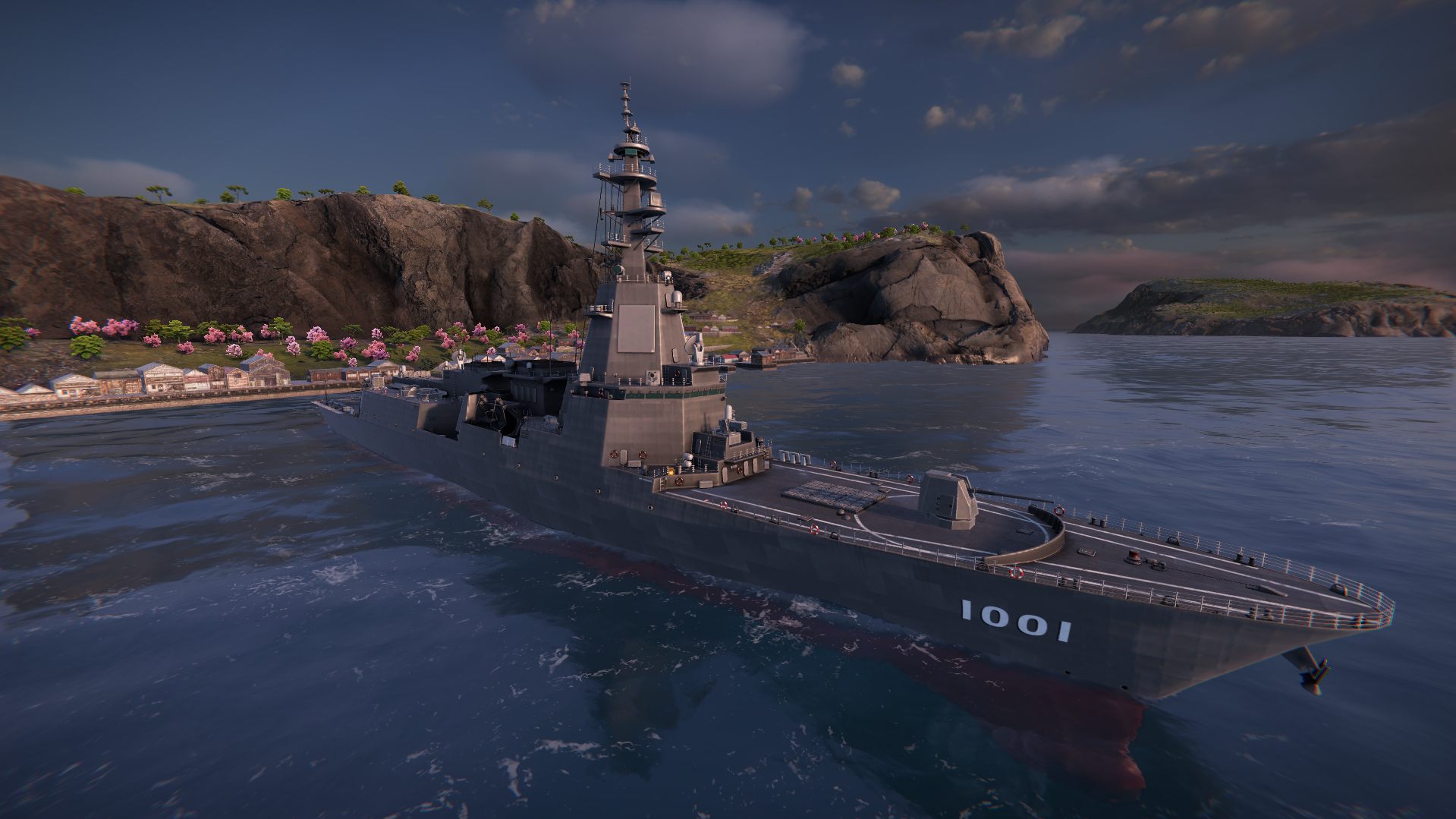
The arsenal of the new Japanese cruiser has a greater emphasis on missile weapons. In particular, it is worth noting the Tomahawk Block VA and Type 12 SSM (H) missiles, which, although not the most powerful in terms of single-shot damage, have extremely fast reload times and different flight trajectories. This allows these missiles to be used to overload the enemy's air defense with massive and rapidly repeated missile strikes at different altitudes. The ship is also equipped with the RIM-174E (SM-6 Block 1) multi-purpose missile, capable of engaging surface and air targets. Its main feature is not only its good flight speed, but also its ability to ignore heat traps launched from both ships and aircraft. There is also a single missile slot with a Type 07 SUM anti-submarine missile, which, however, can be replaced with anything else. Traditionally, the ship is equipped with a cannon and a helicopter in the bow and stern, respectively. The ship's defense is provided by an equally impressive arsenal of weapons: 4 MK-46 autocannons will attack any surface target, and the exclusive Type 12 Kai autocannon will provide effective anti-torpedo protection at medium range. The ship's air defense is also impressive — in addition to the dual replaceable Sea RAM slot, there are 4 exclusive HPLS I-100 lasers and a 23-Type A-SAM silo-type air defense system capable of hitting targets with area damage at long range.
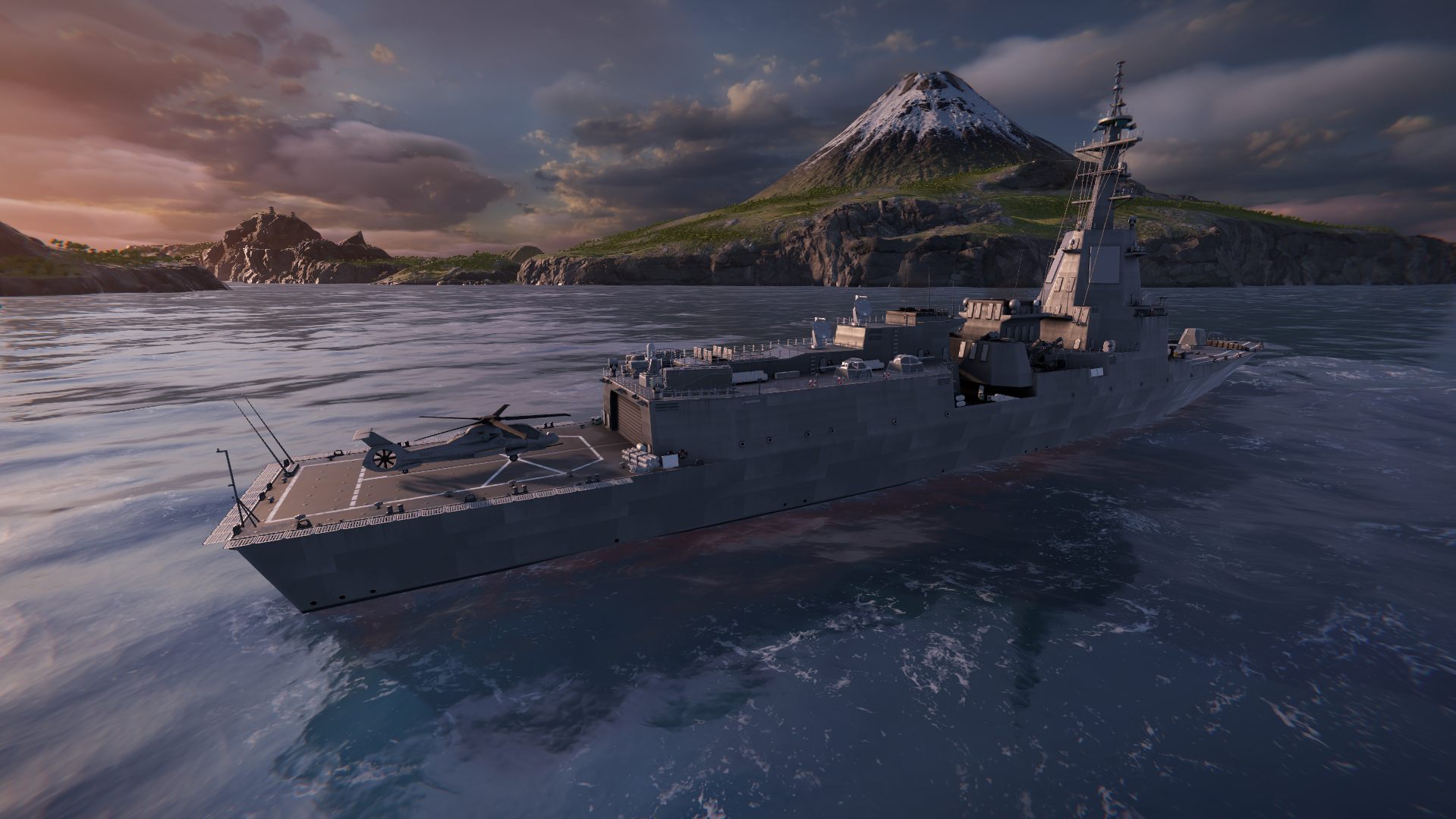
What will the new ship be like in battle?
* * *
Pluses:
1) Large arsenal of missiles with fast reload
2) Anti-torpedo autocannon
3) Large health pool
4) Powerful air defense for short and long range protection
Minuses:
1) Not the most impressive speed and maneuverability
2) No grenade launchers, which is partly compensated for by the presence of an anti-torpedo autocannon.
* * *
The gameplay on the JS Ibuki (ASEV-1001) will be familiar to those who are currently playing on the JS Ashigara (DDG-178) — due to its arsenal, it is primarily intended for participation in second-line attacks. It will be especially preferable to stand behind a low section of land and launch missiles from behind cover, almost completely ignoring threats from torpedoes and main caliber shots from battleships. However, it is worth noting that an experienced opponent with a good air defense setup can repel your attacks without much effort. In this case, it is worth focusing on other targets or attacking such an enemy together with allies. It also makes sense to use long-range missile strikes when you are at the maximum distance for the enemy's view, but with the help and illumination of your allies, you can successfully strike enemy ships without fear of retaliation. However, nothing prevents you from experimenting with old tactics or creating your own — the ship can forgive a number of mistakes due to its durability and air defense.
So what is the result? The new Japanese cruiser is not just another warship, but a striking example of a rethinking of the concept of its class — it embodies a new view of the role and tasks of surface units in the rapidly changing architecture of modern naval warfare. Designed with the latest technological advances and new requirements for multi-level protection, data exchange, and countering high-speed threats in mind, it symbolizes the transition to the next generation of naval platforms, where integration, versatility, and proactive defense are the priorities.

6 June 2025
RF Strazh is coming soon
Very soon, Modern Warships (MW) will feature a promising hybrid of a submarine and a patrol ship—the RF Strazh. It is capable of keeping any situation under complete control in the hands of an experienced commander!
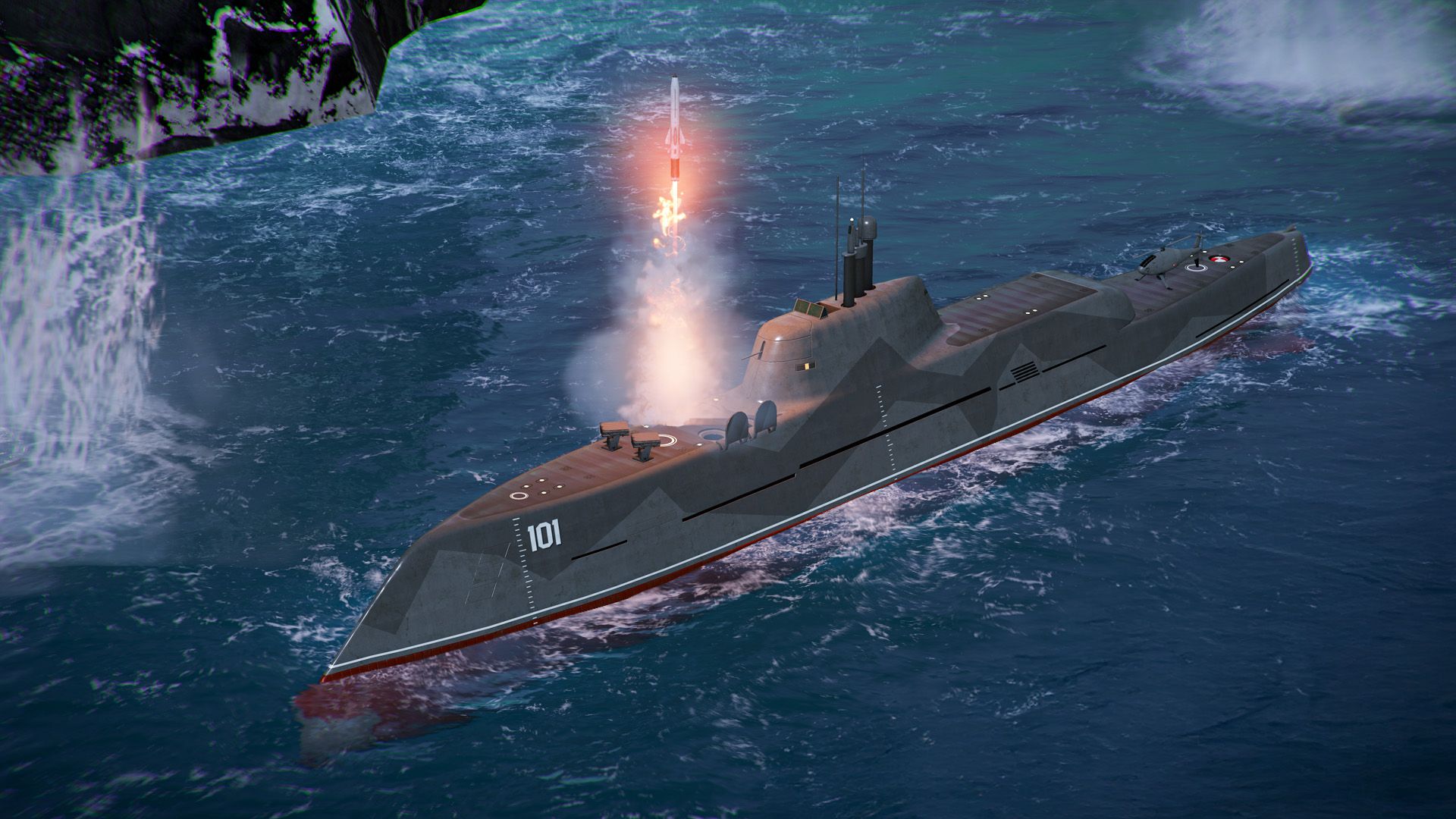
T3 Tiered - Our Commanders' Choice
Results of the Tiering Tier 3 community survey
